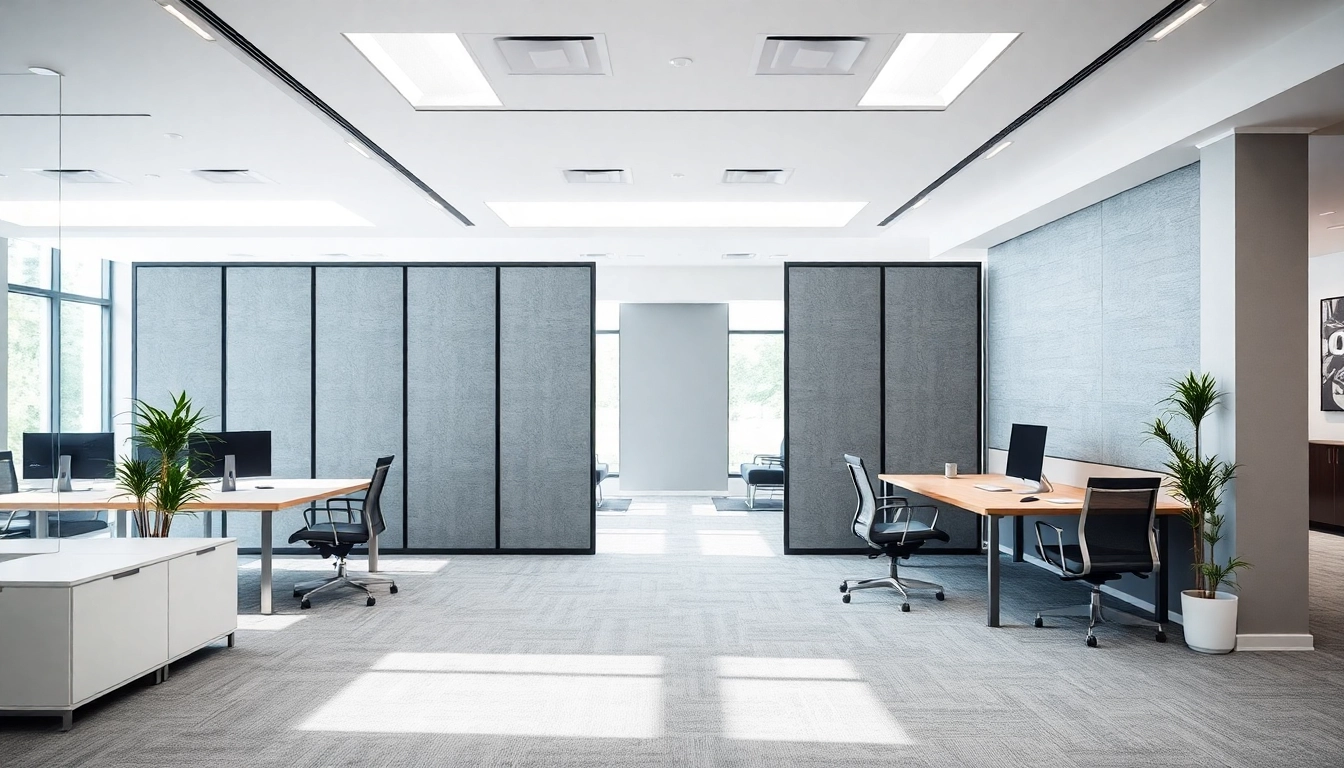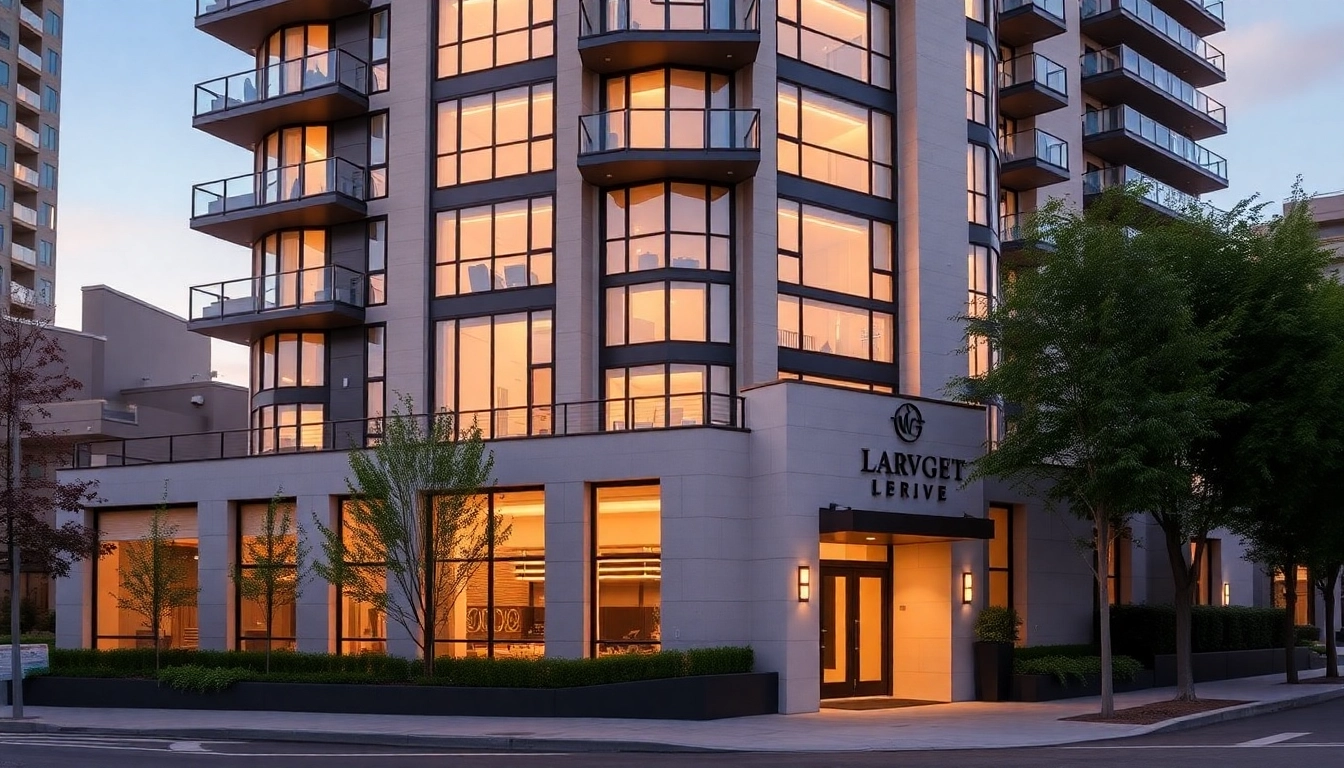Understanding Folding Partition Walls
Folding partition walls have become essential in both residential and commercial spaces, providing flexible solutions for different layout needs. These walls are designed to maximize space, enhance acoustics, and provide more functionality in various environments. Whether you are a building owner, an architect, or a business manager looking to adapt your space effectively, understanding the intricacies of folding partition walls can offer significant advantages.
What is a Folding Partition Wall?
A folding partition wall is a type of movable wall system that allows you to divide spaces efficiently. These walls can fold away neatly, giving you the versatility to adapt your environment according to the size and function of the gathering or activities taking place. Typically made from lightweight materials, they can be installed in both temporary and permanent settings. Folding partition walls often come equipped with tracks and hinges that facilitate easy operation and versatility.
Key Benefits of Using Folding Partition Walls
- Space Maximization: Folding partition walls allow you to create separate areas without the need for permanent structures, enabling dynamic use of space.
- Acoustic Control: Many folding partitions feature sound-insulating materials that enhance privacy by reducing noise transfer.
- Flexibility: These walls can be easily adjusted or relocated, providing flexibility for changing needs over time.
- Cost-Effective: Folding partitions can be a cost-effective solution compared to building traditional walls or permanent room setups.
- Aesthetic Appeal: Modern designs add a touch of elegance and style to spaces, often customizable to fit your decor.
Common Applications Across Industries
Folding partition walls find their applications in a variety of settings, including:
- Offices: Create collaboration spaces or private meeting rooms.
- Schools: Divide classrooms or multipurpose areas for various educational activities.
- Event Venues: Adapt spaces for different sized gatherings, from small meetings to large banquets.
- Hotels: Transform ballrooms into smaller event spaces based on guest needs.
- Healthcare: Separate exam rooms or create temporary barriers during high-traffic hours.
Types of Folding Partition Walls Available
Acoustic Folding Partition Walls
Acoustic folding partition walls are specifically designed to provide sound isolation between spaces. They incorporate sound-absorbing materials that significantly minimize sound transmission, making them ideal for conference rooms and classrooms where privacy is essential. The effectiveness of acoustic partitioning is measured through noise reduction coefficients (NRC), allowing you to select solutions suited for your noise control needs.
Glass Folding Partition Walls
Glass folding partition walls offer a sleek and modern aesthetic while allowing natural light to flow between spaces. They are particularly suitable for offices, cafes, and showrooms, where visibility and light are critical. These partitions can be semi-transparent or fully transparent, depending on the privacy requirements of the space. Moreover, advanced glass technologies also enable energy efficiency, enhancing thermal insulation.
Lightweight and Portable Options
For situations requiring easy mobility, lightweight and portable folding partitions offer a practical solution. Constructed from materials such as aluminum or composite panels, these walls can be moved or reconfigured with ease. Ideal for temporary setups, mobile partition walls can be used in exhibitions, trade shows, and changing event spaces, allowing for rapid adaptations without permanent installations.
Selecting the Right Folding Partition Wall for Your Needs
Factors to Consider When Choosing
When selecting a folding partition wall, it’s crucial to consider various factors:
- Purpose: Determine the primary function of the partition (e.g., creating privacy, sound reduction, aesthetic appeal).
- Material: Choose materials that meet your durability, weight, and maintenance needs.
- Size and Configuration: Ensure the partitions are the right height and width for your specific space and set-up.
- Budget: Establish a budget that considers both initial purchase price and long-term maintenance costs.
Cost vs. Quality: Making Informed Decisions
Investing in a folding partition wall can represent a significant expense. Therefore, understanding the balance between cost and quality is critical. Higher-quality partitions often come with better sound insulation, durability, and ease of use. When considering options, it’s wise to assess manufacturer warranties, reviews, and case studies that illustrate long-term performance in similar settings.
How to Measure Your Space Effectively
Accurate measurements are vital for choosing the right partition. Start by assessing the overall space layout:
- Measure the ceiling height and the main wall lengths where the partitions will be installed.
- Consider any obstructions like windows, doors, or columns that might affect installation.
- Evaluate the desired configuration, including whether the partitions will open to the left, right, or both. Proper planning helps visualize end results and allows for a seamless installation process.
Installation and Maintenance of Folding Partition Walls
Step-by-Step Installation Guide
Installing folding partition walls can generally be undertaken by professionals. However, a DIY approach can also be feasible if proper precautions are followed. Here is a typical installation process:
- Preparation: Clear the area, ensuring all tools and components are available.
- Mounting Tracks: Secure the upper and lower tracks fixed to the wall and floor based on the system’s technical drawings.
- Wall Assembly: Attach folding panels to the track, testing movement for smooth operation.
- Final Adjustments: Check for proper alignment and make required adjustments for gaps or misalignment.
- Finishing Touches: Install stops and handles, ensuring ease of use before concluding the installation.
Regular Maintenance Tips for Longevity
To ensure a long lifespan for your folding partition walls, regular maintenance is crucial. Here are some best practices:
- Clean the surfaces regularly with mild cleaners to avoid buildup and maintain visual appeal.
- Inspect tracks and hinges for wear and tear; lubricate these areas to ensure smooth operation.
- Check seals and soundproofing materials periodically for degradation; replace them to maintain effectiveness.
Common Issues and Troubleshooting
Challenges may arise during the usage of folding partition walls. Here are common issues and solutions:
| Issue | Solution |
|---|---|
| Difficulty sliding | Check for obstructions in the track or apply lubricant. |
| Gaps when closed | Adjust alignment or inspect seals for proper sealing. |
| Noisy operation | Lubricate hinges and tracks or check for loose panels. |
Case Studies: Successful Implementation of Folding Partition Walls
Commercial Spaces: Boosting Productivity
In an office environment, a leading enterprise integrated folding partition walls into their collaborative spaces. By allowing teams to reconfigure areas for brainstorming sessions, they significantly improved productivity. The ability to adjust space dimensions on-the-fly led to more effective communication and idea generation among employees, showcasing how space can influence workplace dynamics.
Residential Uses: Maximizing Living Space
In a small apartment, a homeowner installed glass folding partition walls to separate the living room from the home office. This transformation created a dual-purpose area without diminishing natural light. The homeowner reports an enhanced quality of life, as the open layout feels more spacious and functional while still providing privacy during remote work.
Educational Facilities: Flexible Learning Environments
A school district faced the challenge of accommodating various classes in limited space. Implementing acoustic folding partition walls allowed for swift classroom reconfigurations. The school successfully facilitated different learning groups while minimizing distraction, showcasing how flexible design can adapt to evolving educational needs.



